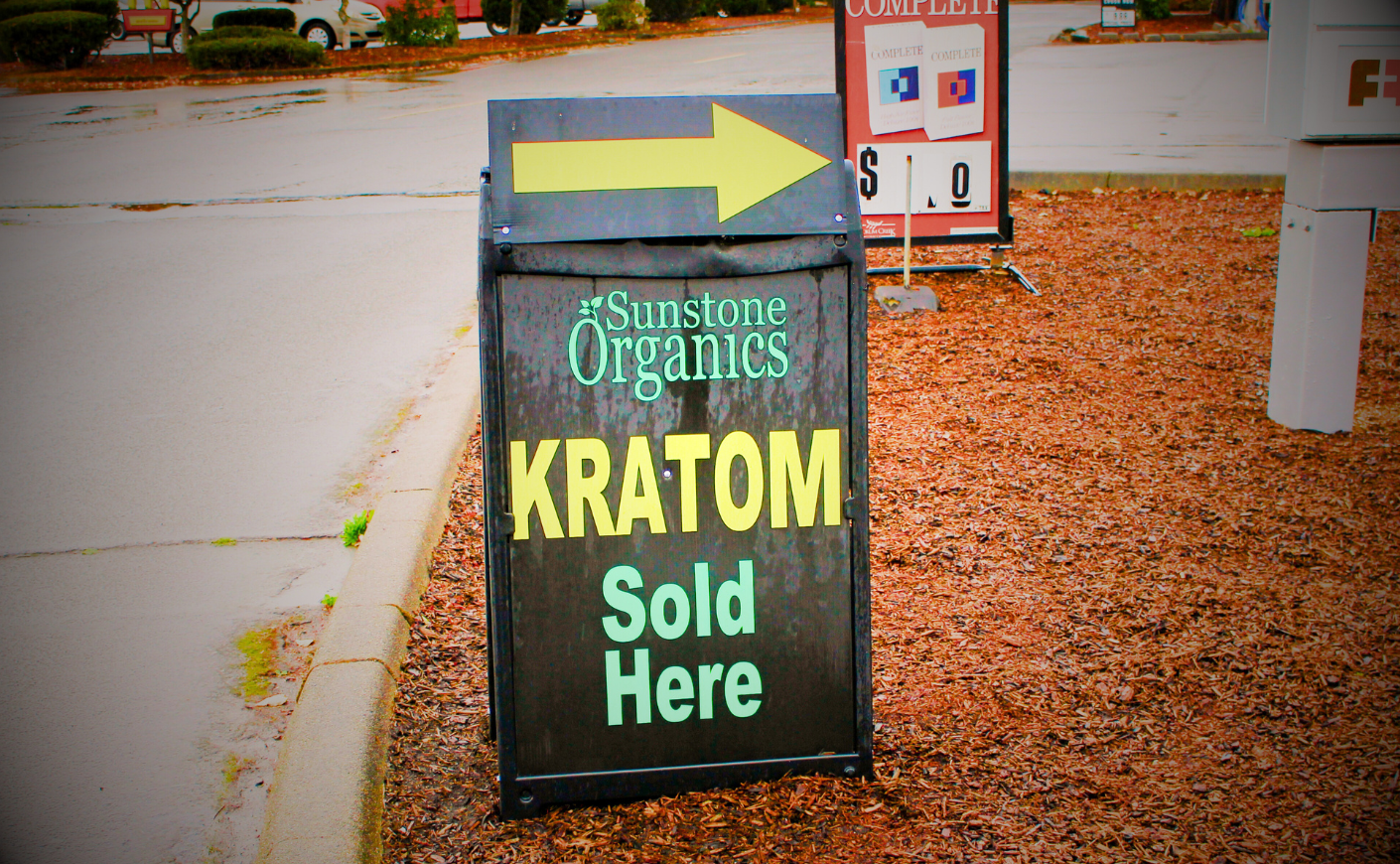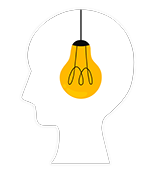I was in Atlanta for a speaking engagement when I came across a video about a content creator’s struggle with kratom. It struck a chord, reminding me of my first patient battling kratom addiction back in 2015. Curious about how accessible these products had become, I did a quick search near my hotel. Within just a quarter mile, I found more than 10 places selling forms of kratom, a substance up to 15 times more potent than morphine.
Kratom’s active compound, 7-OH, is widely available at gas stations, liquor stores, smoke shops, and convenience stores across the country. It comes packaged as drinks, gummies, capsules, and other seemingly harmless forms that disguise its real danger. Marketed as “natural” energy boosters, mood enhancers, and pain relievers, these products are anything but safe. We’re facing a new opioid threat hiding in plain sight.
The deception of kratom's "natural" marketing
While kratom (also known as mitragynine) in its natural leaf form has been used traditionally in Southeast Asia, what's being sold in American stores today is something entirely different. These concentrated derivatives contain 7-hydroxymitragynine (7-OH), a powerful psychoactive compound that occurs naturally in kratom but only in tiny amounts.
Manufacturers are extracting and concentrating this compound, creating products that studies have shown contain up to 500% more 7-OH than would occur naturally. Yet they're still marketing these enhanced products as "natural kratom," capitalizing on consumers' assumption that natural equals safe.
People walk into stores thinking they're buying a natural supplement for energy or relaxation. Instead, they're unknowingly purchasing a substance that can hijack their brain's reward system just as effectively as traditional opioids. The marketing promises of natural wellness mask a product that can lead to physical dependence, withdrawal symptoms, and all the life-destroying consequences we've seen with the broader opioid crisis.
Here's what makes 7-OH so dangerous: Research shows it works on the same brain receptors as morphine and heroin. The mu-opioid receptor doesn't distinguish between pharmaceutical opioids, street drugs, or compounds derived from plants. When 7-OH binds to these receptors, it produces the same euphoric, calming, and energetic effects that people seek from other opioids — and the same devastating potential for addiction.
What we're up against
The opioid epidemic followed a predictable path: What began as doctor-prescribed painkillers migrated to back-alley dealers when prescriptions became harder to obtain. But 7-OH represents a disturbing evolution. This dangerous opioid compound has gone mainstream with no prescription needed, no dealer required, and no age verification in many cases.
These products are deliberately designed to look innocuous, packaged like everyday treats with bright colors and appealing names that do not indicate their potent psychoactive properties.
The Food and Drug Administration recognizes the threat. They're working to ban 7-OH products, understanding that these concentrated derivatives pose significant public health risks. But regulation moves slowly while these products continue flying off shelves, creating new addicts every day, many sharing their stories on social media.
The challenge lies partly in the deceptive marketing. When products are labeled as "kratom" but contain concentrated compounds far more potent than the plant leaf, consumers can't make informed decisions about what they're putting in their bodies. Parents don't know how to look for these products when checking what their teenagers might have access to.
What's at stake
A Tampa Bay Times investigation found that over 580 people have died from kratom-related overdoses during the past decade. These aren't just scary statistics or worst-case scenarios we're talking about: Real people are dying. Take Coach Tyler Wall, a young fitness trainer who was living his dream, having just appeared in a video with MrBeast, one of the biggest names on YouTube. In February, Wall's life was cut short. His death certificate tells a heartbreaking story: "Mitragynine Toxicity." The very substance found in some brightly colored products sitting next to the cash register killed him. Newsweek reported his death was accidental, but that doesn't make it any less devastating or preventable.
Wall's tragic death serves as a stark reminder that these aren't harmless supplements. They're potentially lethal substances hiding behind effective branding.
We've seen for the last decade how opioid addiction leads to shattered families, lost lives, and communities torn apart. We have an opportunity now to prevent 7-OH from creating another wave of addiction, but only if we act quickly and decisively.
Look around the next time you walk into a gas station or convenience store. Those innocent-looking packages might be harboring the next chapter of America's opioid crisis. We cannot allow the normalization of potent psychoactive substances disguised as natural wellness products.
Our children's safety and our communities' well-being depend on recognizing this threat for what it is and demanding better from the retailers who profit from these deceptively marketed products. The time for action is now, before more families discover the hard way that "natural" can be just as devastating as any street drug.
What you can do
Start conversations at home. Use this as a teachable moment. Share this article or IG video to spark this discussion with your teenager. Simply say, "I saw this video on Instagram. Have you heard about this?" It's an easy way to open a dialogue about these products without sounding preachy. Kids need to understand that "natural" doesn't mean harmless. For example, poison ivy is natural, and so is anthrax, but that doesn’t make them safe.
Take note while you shop. Next time you're at your local gas station or convenience store, look for these products and check out the label for 7 OH.
Get involved locally. Attend city council meetings. Talk to your school board. Local action can happen much faster than federal regulation, and your voice matters more at the local level than you might think.
Spread awareness in your circles. Share this information with other parents, coaches, teachers, and community leaders. Most people have no idea this is happening. A simple conversation at a soccer game or PTA meeting may make a real difference.
Support businesses that care. When you find retailers who refuse to sell these products, thank them and make them your go-to stops. Consumer choices drive business decisions.









